The AI energy crunch: Meeting the data center surge
The energy landscape is always evolving, and another challenge is rapidly coming into view: data.
The rise of artificial intelligence (AI), cloud computing and machine learning is driving unprecedented demand for electricity.
This trend is only set to accelerate as the UK seeks to establish itself as a global leader in AI. The UK government has rightly committed to being an ‘AI maker, not taker’. But that ambition comes with consequences.
According to the National Grid’s Future Energy Scenarios 2024, data centers could become one of the UK’s fastest-growing sources of demand by the 2030s. AI data centers are used to train the most advanced AI, including frontier models such as ChatGPT, and require vast amounts of energy due to their continuous utilization.
We cannot meet this surge in demand simply by layering data center load on top of an already stretched energy system.
Coordination will be critical
Last month, a report from Aurora Energy Research highlighted that an uncoordinated approach to power sourcing could see power sector emissions increasing by 14 percent, which would directly undermine the UK’s decarbonization goals and drive up wholesale electricity prices.
Without change, we risk slowing down both the deployment of AI infrastructure and our energy transition.
Instead, we need a coordinated way to unlock the potential of the AI sector. The current approach, where most data centers cluster around areas like London and the Thames Valley, driven by proximity to demand, is unsustainable. These regions are often far from large-scale sources of generation and already face grid constraints such as network connection bottlenecks. Different thinking is viable for data centers geared toward AI workloads, which are less sensitive to latency — the delay of data transfer — and therefore do not need to be sited close to major cities. Without change, we risk slowing down both the deployment of AI infrastructure and our energy transition.
To help mitigate this risk, we should align our energy and digital strategies more closely. That starts with a national framework to strategically site new data centers in areas with available grid capacity, preferably close to power generation sources. Drax Power Station could be one of those locations.

Co-locating data centres and power generation
In 2024 Drax Power Station was the UK’s single largest source of renewable power by output. Our site in Selby, North Yorkshire, provides approximately 2.6 GW of dispatchable power capacity, enough power for five million homes. Unlike intermittent renewables, Drax generates power whether or not the wind is blowing or the sun is shining.
But the site’s potential reaches beyond what it delivers today. We already benefit from planning consents, which — alongside the right policy support and regulatory framework — could allow us to transform Drax into the world’s largest engineered carbon removals facility by installing bioenergy with carbon capture and storage (BECCS) on two of our generating units. BECCS is unique. It is the only technology that can simultaneously generate renewable power and remove carbon dioxide from the atmosphere. And, significantly, co-locating a data center with the power station could help enable the delivery of this world leading technology.
Building data centers next to power stations brings multiple advantages. It enhances system resilience and reduces the risk of plant curtailment. It minimizes energy lost in transmission, something that becomes more pronounced the further electricity has to travel.
Large power stations like Drax Power Station were designed to support industrial-scale generation. They have substantial grid connections, large surrounding estates and access to cooling water. These attributes make Drax Power Station uniquely suited for the possibility of hosting a hyperscale data center.
Building data centers next to power stations brings multiple advantages. It enhances system resilience and reduces the risk of plant curtailment. It minimizes energy lost in transmission, something that becomes more pronounced the further electricity has to travel. It also supports the connection of new energy capacity by relieving congestion on the grid queue.
Unlocking this potential, however, will require a rethink of current regulations.
Seizing the opportunity
At present, power stations are restricted from supplying electricity simultaneously to both the grid and a private off-taker such as a data center. These rules were written for a different era, one that did not anticipate intense energy consumers such as AI clusters emerging as a major player in the energy ecosystem.
By unpicking these constraints, we can free up untapped capacity, provide flexible solutions for energy security and support the digital infrastructure needed to drive economic growth.
The government’s recent announcement of AI Growth Zones is a welcome step. If designed properly, this initiative could be the catalyst for a strategic rollout of AI infrastructure across the UK. Rather than clustering growth in already congested urban areas, Growth Zones can enable us to locate data centers where power is plentiful, where local communities stand to benefit from investment and where the grid can accommodate growth.
This is about more than just plugging in servers. It’s about creating a coherent and forward-looking strategy that links where we generate power to where we use it — and recognizes that AI and energy are now inextricably linked.
Subject to clear government policy support and milestones, combining BECCS with a large-scale data center at Drax Power Station could align with this industrial strategy. Together, these developments could create the option for a globally unique proposition: a carbon negative data center — delivering world-leading innovation for the UK and directly countering the perspective that AI growth will mean more carbon emissions.
These projects could protect and create thousands of high-quality jobs in a region that has historically powered the UK but that now faces the risk of deindustrialization as a result of declining heavy industry. A joined-up plan for energy and digital growth can offer lasting economic resilience to communities that need it the most.
It’s time to think smarter about how we build, power and place the critical infrastructure of the 21st century.
At Drax, we are ready to be part of that future. We are already a leading renewable energy generator in the UK and we have the infrastructure and ambition to implement a cutting-edge data center solution at Drax Power Station, helping the country secure its place as a digital leader while keeping the lights on.
It’s time to think smarter about how we build, power and place the critical infrastructure of the 21st century. We must ensure new data capacity is integrated in ways that enhance grid stability without compromising the transition to clean energy or negatively affecting the needs and rights of local communities.
With the right strategy, the UK doesn’t have to choose between energy security and digital growth. We can achieve both.












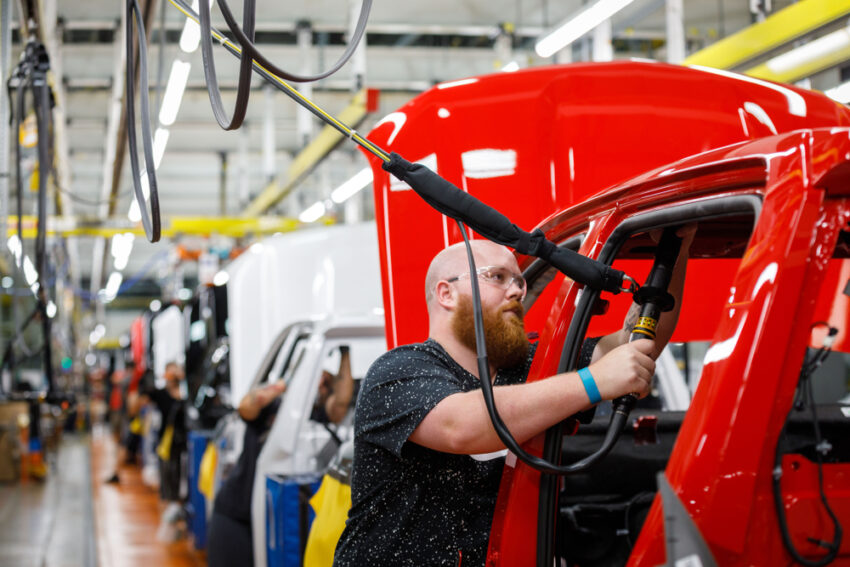







:quality(85):upscale()/2025/09/09/891/n/1922283/7222624268c08ccba1c9a3.01436482_.png)
:quality(85):upscale()/2023/10/03/668/n/1922283/1f15c8a9651c2d209e5eb5.32783075_.jpg)
:quality(85):upscale()/2025/08/14/650/n/1922283/470aeb83689df49cdc1bb6.14084110_.jpg)
:quality(85):upscale()/2025/08/13/775/n/1922283/3c0cbead689ccd0c422644.10221678_.png)
:quality(85):upscale()/2025/01/08/844/n/1922398/cde2aeac677eceef03f2d1.00424146_.jpg)





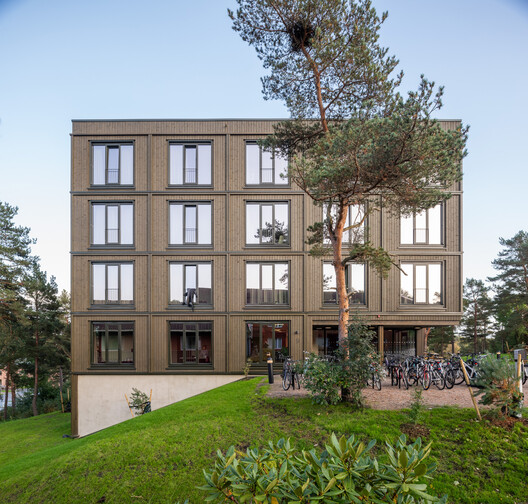
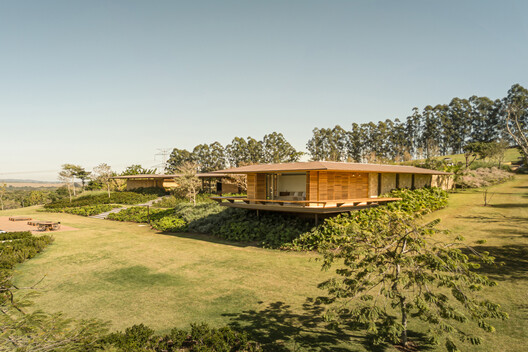
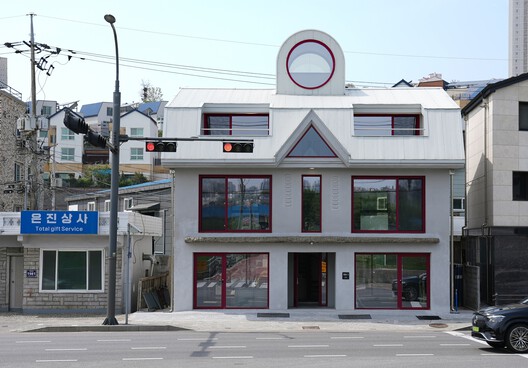

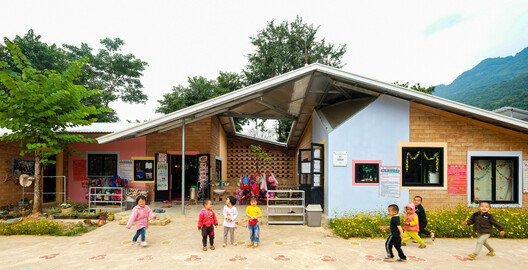



:quality(85):upscale()/2025/07/10/708/n/1922398/8fe2782e686fe372b38bf8.29984296_.jpg)

